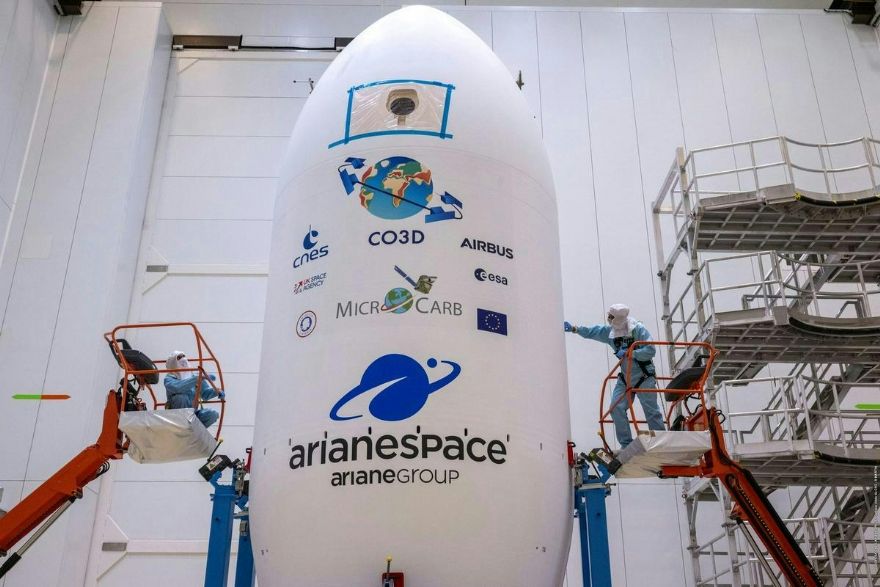
The four
Airbus-built CO3D (Constellation Optique 3D) satellites were successfully placed into orbit last week by an Arianespace Vega-C rocket from the European Spaceport in Kourou, French Guiana. The satellites, developed in partnership with the
French Space Agency (CNES), will now commence their mission to create a highly detailed 3-D map of the Earth’s surface.
The dual-use CO3D satellites will deliver a global high-resolution Digital Surface Model (DSM), providing 50cm stereo imagery to CNES, and 2-D imagery to government and commercial clients, further strengthening Airbus’s comprehensive suite of optical and radar satellite solutions.
Alain Fauré, head of space systems at Airbus, said: “The successful launch of the CO3D constellation is a testament to European ingenuity and a major step forward in our first-class Earth observation capabilities. Thanks to our strong partnership with CNES, these satellites, based on our next-generation S250 product, can now deliver a game-changing 3-D map of our planet and provide high revisit and high resolution observation capabilities. This programme, which is already attracting significant interest in today’s geopolitical context, showcases our commitment to technological, industrial, and commercial innovation.”
The four 285kg satellites are now in a Sun synchronous orbit at an altitude of 502km. Over the next six months, they will undergo in-orbit testing before beginning an 18-month campaign to deliver a 3-D map of France and the ‘crisis arc’ to CNES. The data will feed a cloud-based ground segment operated by Airbus to produce the final 3D map, supporting critical military and civil applications ranging from geology and hydrology to urban planning and civil security.
Technological innovationsThe CO3D satellites feature several technological innovations, including a new observation mode, called Step and Stare. Each satellite uses its matrix detector to shoot images (Stare) and pave the area of interest with images of about 7 x 5km. The spacecrafts’ outstanding agility allows them to quickly reposition between successive pictures (Step) allowing each of them to provide the user with 7, 14, 21 or 28km area images.
The CO3D programme benefits from manufacturing expertise gained from the OneWeb constellation satellites’ development, utilising a modern, digitalised assembly line in Toulouse that draws inspiration from the automotive and aeronautical industries. Several pieces of equipment use commercial off-the-shelf components that are adapted for use in space to provide CO3D with the best performance from the wider industrial domain as well as a customised level of space-ready quality.
Also successfully deployed on the same launch was the MicroCarb satellite, a joint mission between CNES and the
UK Space Agency. Equipped with a high-precision Airbus-made spectrometer, Microcarb will map atmospheric carbon content on a planetary scale, providing vital data to climate scientists.